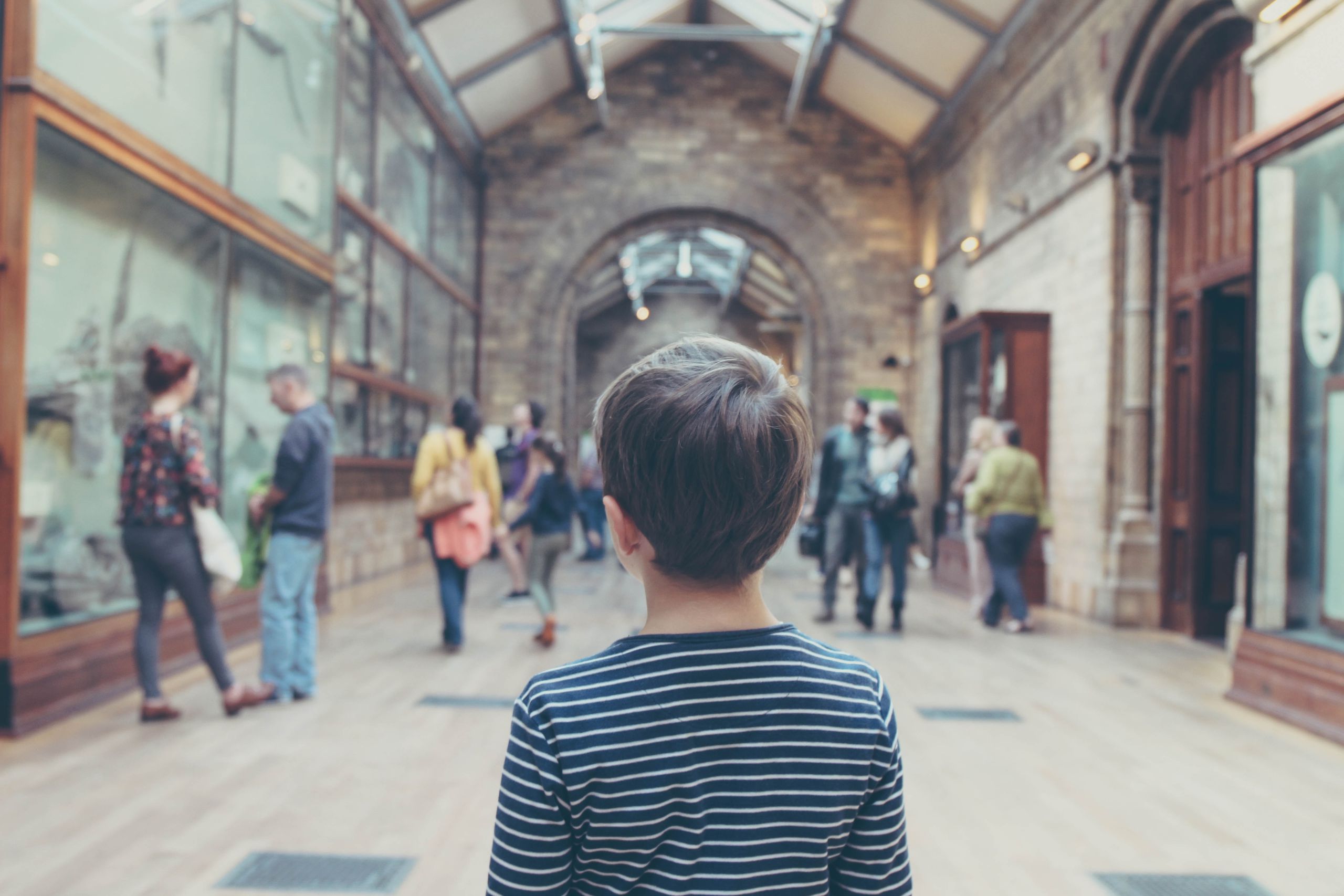 Have you ever stopped to ask yourself what distinguishes a place that is sacred from a place merely associated with religion or religious history? Let’s first consider a scholarly definition of sacred place. Thomas Barrie, in his book Spiritual Path, Sacred Place: Myth, Ritual, and Meaning in Architecture (Boston: Shambhala Publications, In., 1996), provides a definition on page one. Barrie says, “I define sacred architecture as places built to symbolize the meanings and accommodate the rituals of the particular belief system of its time. In other words, it is limited to structures intended for communal religious uses.” While I understand this definition, it is limited to architecture and does not address how humans respond to a place they consider to be sacred.
Have you ever stopped to ask yourself what distinguishes a place that is sacred from a place merely associated with religion or religious history? Let’s first consider a scholarly definition of sacred place. Thomas Barrie, in his book Spiritual Path, Sacred Place: Myth, Ritual, and Meaning in Architecture (Boston: Shambhala Publications, In., 1996), provides a definition on page one. Barrie says, “I define sacred architecture as places built to symbolize the meanings and accommodate the rituals of the particular belief system of its time. In other words, it is limited to structures intended for communal religious uses.” While I understand this definition, it is limited to architecture and does not address how humans respond to a place they consider to be sacred.
Personally, I define a sacred place as a location that instills within me a feeling of reverence, whether or not that place is a work of architecture. I am the director of the Workman and Temple Family Homestead Museum in Los Angeles County. From the 1840s through the 1870s the site was home to pioneer William Workman who was born in the Lake District of England at the end of the eighteenth century. In 2010 I had the opportunity to travel to Workman’s childhood village of Clifton. Of all the locations I visited during my stay in this quaint location, the spot that impacted me the most was the small parish church in which the Workmans worshiped for generations. I felt a sense of peace and belonging in that sacred place far greater than I did when visiting St. Paul’s Cathedral in London. Both are works of sacred architecture, but to me only one was a sacred place.
My encounters with sacred places during the 2010 trip, however, were not restricted to churches. Perhaps the most profound experience I had in a sacred place during that trip was at an ancient stone circle in the far north of England. No, I’m not a Druid, nor will I likely become one, but there is no question that I felt a spirit and power far greater than my own within that environment. What sparked this experience? I’m not certain. Did it remind me of who I am and where I came from, especially considering that nearly all of my ancestors were British? Perhaps—but what I do know is that this location touched something deep within me.
 So, is it even possible to determine what characterizes sacred places for someone else, since they generate such individualized experiences? While we are not theologians, but history professionals entrusted with preserving and interpreting religious sites, do we also have a responsibility to provide opportunities for other to experience something sacred in a place we value primarily for its history? That is the question.
So, is it even possible to determine what characterizes sacred places for someone else, since they generate such individualized experiences? While we are not theologians, but history professionals entrusted with preserving and interpreting religious sites, do we also have a responsibility to provide opportunities for other to experience something sacred in a place we value primarily for its history? That is the question.



